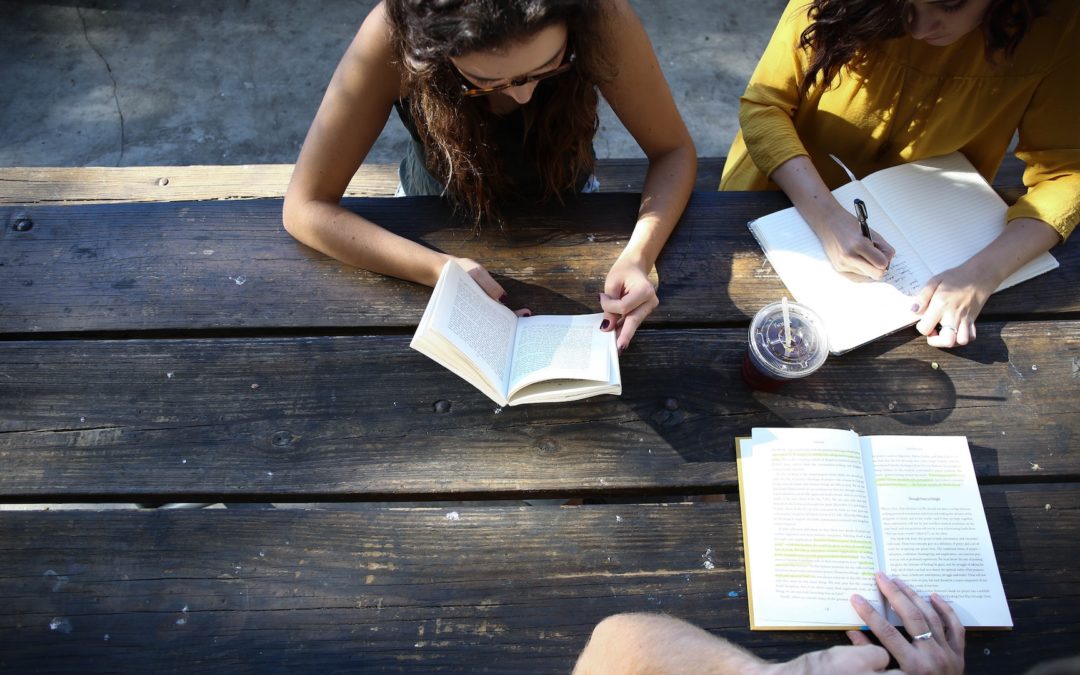Collaboration helps students develop their personal skills and learn more deeply about the material. These skills last a lifetime.
The concept of collaborative learning is a core part of the educational system. It involves students working together to solve problems and develop projects.
Although the concept of collaborative learning is not new, most of the research was conducted during the 1980s and 1990s when schools still leaned toward traditional teaching and learning methods. As society’s use of technology has increased, so has our ability to work in teams. Thus, collaborative learning has become more popular.
Here are a few tips to improve student collaboration.
- Teachers should deliberately select student groups.
Rather than leaving them to their own devices to sort through their friends, teachers can create groups designed to match their strengths and weaknesses while mixing social capability and diversity.
- Optimize group size.
A group’s size determines how diverse its ideas and discussion can be. If the group is too large, some students might not participate; if it is too small, there may not be enough energy or diversity.
- Teach students how to listen.
Although active listening isn’t a natural skill for most young learners, it can be taught in various ways. One of these is by having them practice making eye contact and avoiding interruptions.
- Teachers should set the rules for collaboration.
There will always be at least one student more likely to lead a group. To ensure that students develop effective collaboration skills, teachers should regularly teach things such as paraphrasing, clarifying issues, managing conflicts, and giving constructive feedback.
- Establish clear expectations and goals.
Clear expectations are very important when it comes to group work. A clear understanding of the group’s goals can help prevent apathy or socialization, leading to students getting off track.
- Assign each member of the group a role.
Having clear expectations helps students develop a deeper understanding of their roles. For instance, the leader can direct the group’s actions, while the encourager provides positive feedback and writes notes. The checkers ensure that the work is completed, and the recorder takes notes.
- Give each group a different task.
One strategy to improve collaboration quality is having each group tackle a different task. This allows them to develop a deeper understanding of their goals and avoid getting distracted. Furthermore, it creates a more personalized learning experience.
When judging groups based on their goals, students might feel that they are not responsible for their own success or failure. Instead, try a system that gives grades based on how well each group met its objectives and how each member performed their assigned role.

